The world of avian companionship encompasses a fascinating spectrum of species, each with its unique behaviors and reactions. Among these, parrots, with their vibrant plumage and charismatic personalities, often captivate the hearts of bird enthusiasts.
However, a captivating facet of a parrot’s world is their interaction with wild birds, which can be a source of curiosity and intrigue.
Understanding how do parrots react to wild birds unveils a dynamic interplay between domesticated pets and their untamed counterparts.
In this exploration, we delve into the complex tapestry of parrot-wild bird interactions. We unravel the various ways in which parrots respond to the presence of their wild kin.
Whether it’s through curiosity, territoriality, or communication, the dynamics of these encounters provide insight into the rich world of avian behavior.
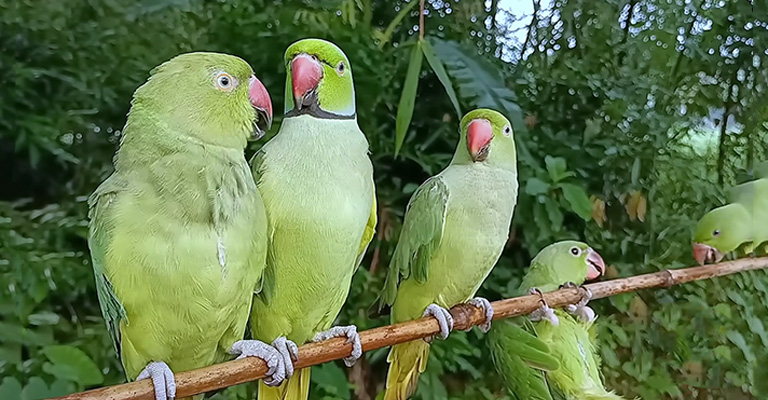
How Do Parrots React To Wild Birds?
Parrots, known for their vibrant personalities and striking plumage, often exhibit a range of fascinating reactions when encountering wild birds. These interactions can be a source of curiosity and amusement for bird enthusiasts.
Here are some common reactions parrots may display when encountering their wild counterparts:
Curiosity
Parrots are naturally inquisitive creatures. When they spot wild birds, they may exhibit keen interest, closely observing the appearance and behavior of these newcomers.
Vocalization
Parrots are renowned for their vocal prowess. Upon encountering wild birds, they may engage in heightened vocalizations, possibly mimicking the calls or songs of the wild birds as part of their communication repertoire.
Mimicry
Some parrots are exceptional mimics, and they may attempt to mimic the sounds, calls, or songs of wild birds they encounter, which can be both entertaining and surprising.
Flight Displays
Parrots might engage in aerial displays, flying around excitedly or performing acrobatic maneuvers as they observe wild birds in flight.
Social Behavior
In certain situations, parrots may display social behavior towards wild birds, attempting to engage them or establish some form of interaction.
Aggression
Depending on the parrot’s personality and territorial instincts, it may react with aggression, especially if it perceives wild birds as potential threats to its territory or resources.
Observation and Learning
Parrots are highly intelligent and observant. They may watch wild birds closely, possibly learning from their behaviors or foraging techniques.
Stress or Alarm
In some cases, parrots may react with stress or alarm when they encounter unfamiliar wild birds. They may vocalize loudly or retreat to a safer location within their habitat.
Indifference
Not all parrots react strongly to wild birds. Some may simply observe them with indifference, continuing their daily activities without much disruption.
These varied reactions highlight the complexity of parrot behavior and their ability to adapt and respond to their surroundings.
Parrots’ interactions with wild birds can offer insights into their social dynamics, communication skills, and capacity for learning from their environment.
What Other Birds Are Parrots Afraid Of?
Parrots are intelligent and social birds that can interact with other birds in different ways, but they may also feel threatened or scared by some of them.
Here are some birds that parrots are afraid of:
Hawks
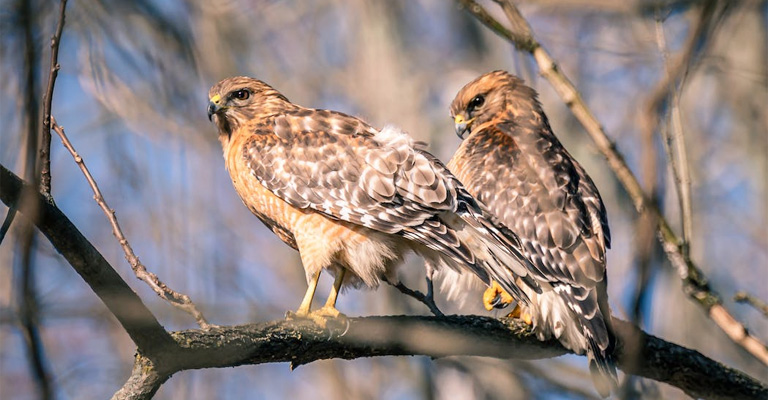
Hawks are birds of prey that hunt and kill smaller birds, such as parrots. Hawks have sharp talons, beaks, and eyesight that make them formidable predators.
Parrots may recognize the shape or silhouette of a hawk and try to escape or hide from it.
Owls

Owls are another type of bird of prey that can pose a danger to parrots. Owls are nocturnal and have excellent hearing and vision in the dark. Parrots may not see or hear an owl coming until it is too late.
Parrots may also suffer from night frights, which are episodes of panic and flapping in the dark, possibly triggered by the presence or sound of an owl.
Crows
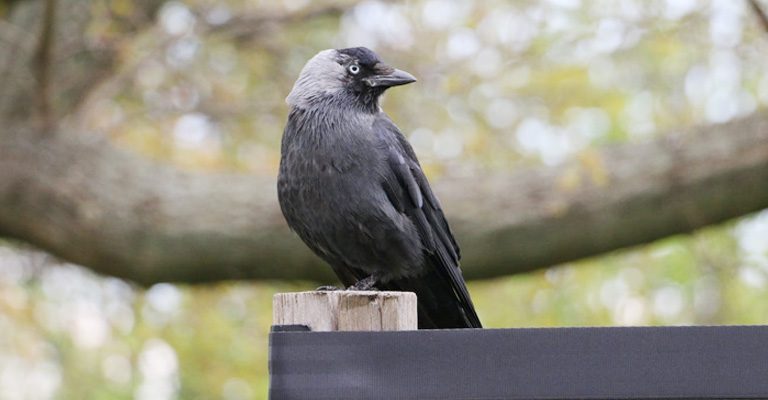
Crows are large, black, and noisy birds that can harass or attack parrots. Crows are very intelligent and social, and they may form mobs or gangs to chase away or harm other birds that they perceive as rivals or intruders.
Parrots may be intimidated or annoyed by the crows’ loud calls and aggressive behavior.
Seagulls
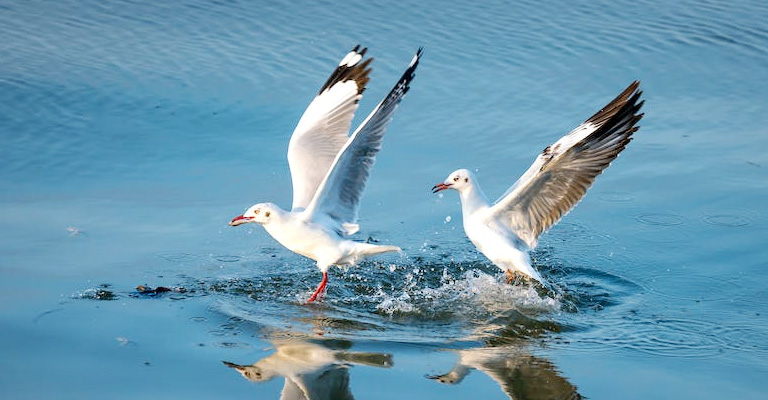
Seagulls are coastal birds that can also be found in urban areas. Seagulls are opportunistic and omnivorous, and they may steal food or eggs from other birds, including parrots.
Seagulls are also very noisy and territorial, and they may squawk or dive-bomb at parrots that come too close to their nests or feeding grounds.
Magpies
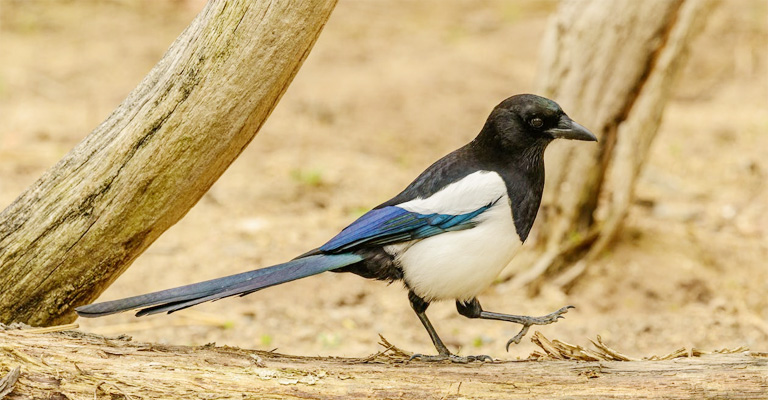
Magpies are black-and-white birds that belong to the same family as crows. Magpies are known for their curiosity and kleptomania, as they may collect shiny objects or items that catch their eye.
Magpies may also target other birds’ nests or eggs, and they may peck or nip at parrots that cross their path.
Parakeets
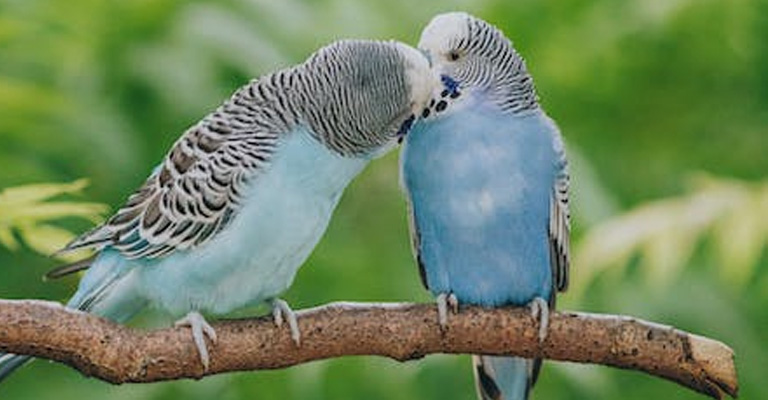
Parakeets are small, colorful, and social parrots that can be kept as pets or found in the wild. Parakeets may not seem scary to humans, but they may be seen as competitors or invaders by other parrots.
Parakeets may outnumber or out-compete other parrots for food, water, or space, and they may also interbreed with them and create hybrids.
Mockingbirds
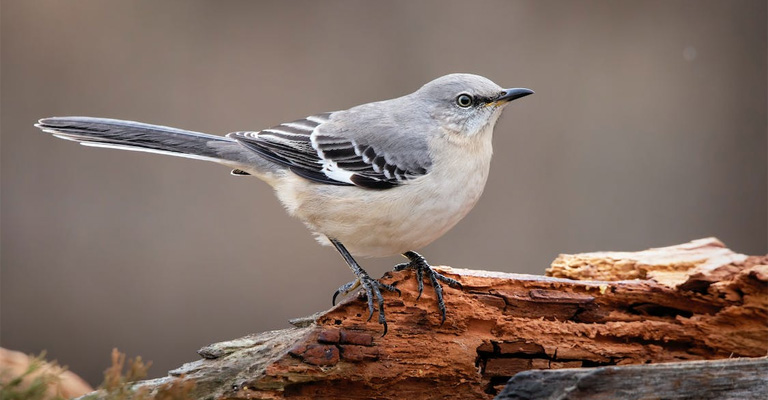
Mockingbirds are gray or brown birds that have the ability to mimic the sounds of other birds and animals. Mockingbirds may use this skill to attract mates, defend their territory, or deceive predators.
However, mockingbirds may also annoy or confuse other birds, such as parrots, by copying their calls or songs.
Woodpeckers
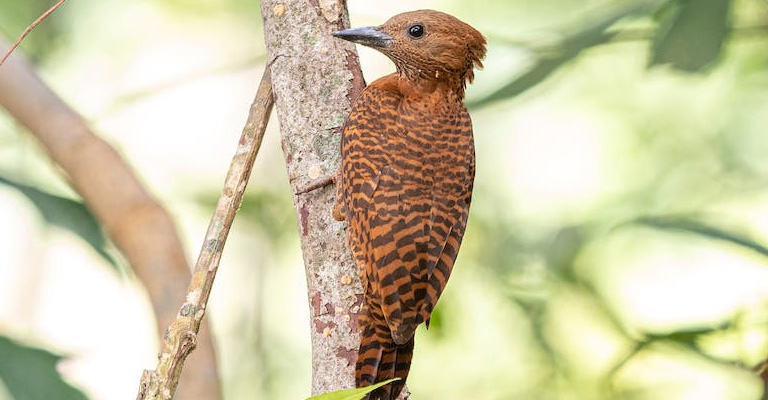
Woodpeckers are birds that have strong beaks and claws that allow them to drill holes in trees or wood structures. Woodpeckers may use these holes to store food, nest, or communicate with other woodpeckers.
However, woodpeckers may also damage or destroy the homes or habitats of other birds, such as parrots, by pecking at them.
Pigeons
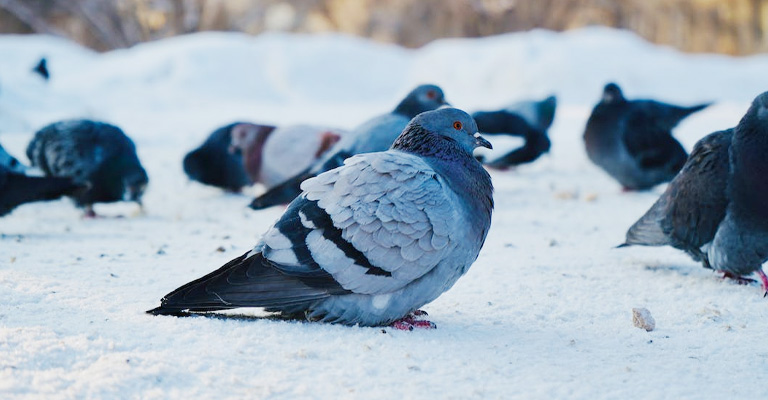
Pigeons are common birds that can be found in many places around the world. Pigeons are adaptable and resilient, and they can survive on various types of food sources.
However, pigeons may also carry diseases or parasites that can infect or harm other birds, such as parrots. Pigeons may also compete with parrots for food scraps or crumbs left by humans.
What To Do For My Parrots To Get Along With Wild Birds?
Building positive interactions between your pet parrots and wild birds can be a rewarding experience, but it requires careful planning and patience.
Here are some important techniques to help your parrots get along with wild birds:
Gradual Exposure
Begin by introducing your parrots to the sight and sounds of wild birds from a distance. Allow them to observe without direct interaction. Gradual exposure helps them become accustomed to the presence of other birds.
Outdoor Aviary
If possible, create an outdoor aviary where your parrots can enjoy the outdoors while being protected. This allows them to see and hear wild birds without direct contact.
Feeding Stations
Set up separate feeding stations for your parrots and wild birds. This ensures that they don’t compete for food and minimizes territorial disputes.
Native Plants
Plant native trees and shrubs around your outdoor aviary. This can attract local birds and provide a more natural environment for your parrots.
Supervised Encounters
Supervise any direct interactions between your parrots and wild birds. Start with brief, supervised meetings and gradually extend the duration as they become more accustomed to each other.
Positive Reinforcement
Reward your parrots for calm behavior around wild birds. Positive reinforcement helps them associate these interactions with positive experiences.
Species Compatibility
Research the species of wild birds in your area to ensure they are not a threat to your parrots. Some wild birds may pose a risk due to size or temperament.
Safe Retreat
Provide your parrots with a safe retreat within the outdoor aviary, such as a covered area or perches they can retreat to if they feel threatened.
Consistency
Be consistent with your efforts and patient with the process. It may take time for your parrots to become comfortable around wild birds, and individual birds may have varying levels of tolerance.
By following these techniques and taking a gradual approach, you can increase the chances of your parrots peacefully coexisting with wild birds, fostering a harmonious and enriching environment for both your pets and the local wildlife.
FAQ
Parrots typically react with curiosity. They may watch, listen, and even mimic the vocalizations of wild birds. Some parrots may become more animated or vocal in response to the presence of their wild counterparts.
Parrots may attempt to interact with wild birds, especially if the wild birds are close. However, the extent of interaction varies by individual parrot and their personality.
Some parrots can display territorial behavior when wild birds enter their perceived territory. This may include vocalizations or displays to assert dominance or protect their space.
While there’s limited evidence of direct communication, parrots may mimic the vocalizations of wild birds. This mimicry is more about parrots displaying their vocal flexibility rather than engaging in meaningful communication with wild birds.
To ensure safe interactions, provide supervised opportunities for your parrot to observe wild birds from a distance.
Avoid exposing them to potential risks from direct contact with wild birds, such as disease transmission or territorial disputes.
Conclusion
The realm of parrot interactions with wild birds is a testament to the fascinating complexities of avian behavior.
As we conclude our exploration, it becomes evident that parrots’ reactions to their wild counterparts are diverse and nuanced.
From curious observations to vocalizations and even territorial displays, parrots offer us a window into the intricate world of avian communication.
These interactions are not only captivating but also underscore the importance of providing enriched environments for our feathered companions. Encounters with wild birds can stimulate parrots mentally and provide opportunities for socialization.
By observing and understanding these reactions, we can enhance the well-being of our parrot pets, allowing them to thrive in an environment that acknowledges and respects their natural inclinations.